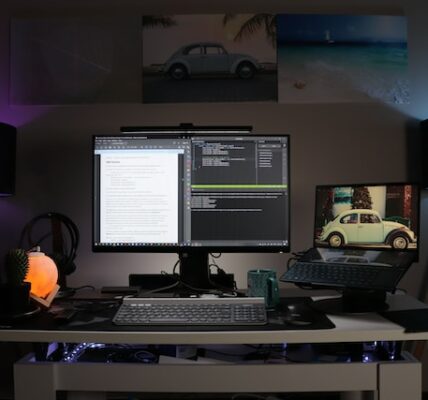We’re past the “wow, AI can do this” phase. In 2026, AI isn’t a gimmick – it’s a co-pilot. You’ll see it in layout generation, code scaffolding, content suggestions, image creation, automatic optimization, and design QA. The trick is picking tools that augment your skills, not replace them.
Some caveats before you jump in:
- AI tools still tend toward “template-ish” results unless you push them hard.
- You’ll often need to polish what the AI outputs – branding, micro-interaction tweaks, accessibility, etc.
- Tool maturity, integrations, and data privacy will separate winners from fads.
With that said, let’s get to the tools that look like they’ll dominate web design in 2026.
Selection Criteria
When choosing the “best” AI tools, here’s what I looked for:
- Ability to generate usable layouts or code, not just boilerplate.
- Support for customization and overrides.
- Good output quality (visuals, responsiveness, performance).
- Integration capability (CMS, hosting, APIs).
- Active development and community (so you’re not stuck with a dead tool).
Top AI Tools for Website Design 2026
The market is crowded, but only a few tools actually deliver consistent, production-ready results. Each of the following stands out not because they promise miracles, but because they’ve become reliable extensions of how modern designers and marketers work.
10Web AI
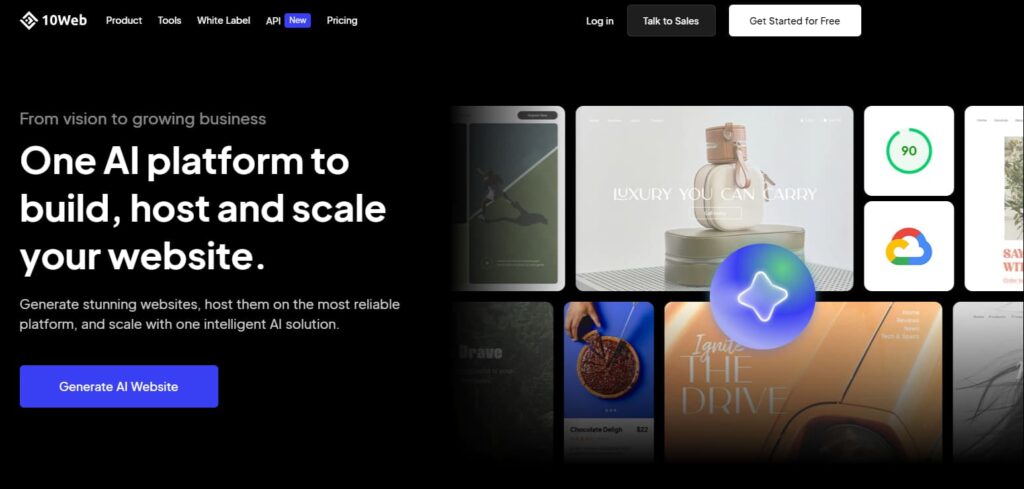
If you’re working inside WordPress, 10Web is easily the most advanced AI solution right now. It builds full websites from a short business description, pulling together structure, text, and visuals directly within the WordPress environment. Its newest update supports white-label functionality, meaning agencies can give clients their own “AI builder” experience without leaving WordPress. What makes it strong is that it feels like part of your workflow – not a separate platform. You keep control, you keep flexibility, and the end result looks human.
Wix ADI
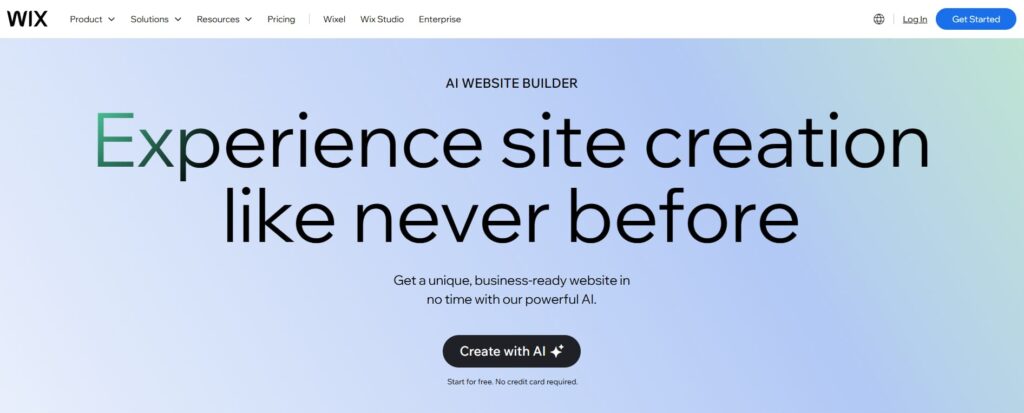
Wix has been improving its AI engine quietly but steadily. Its latest version feels like a smart design assistant – it reads your intent and style preferences, then builds the entire site around them. The process is conversational and visual at the same time: you describe what you want, it generates, and you edit. For personal sites, portfolios, or small business pages, Wix ADI remains one of the fastest and most dependable ways to launch something polished without deep technical knowledge. It’s not the most flexible tool long term, but for fast deployment, it’s hard to beat.
Framer AI
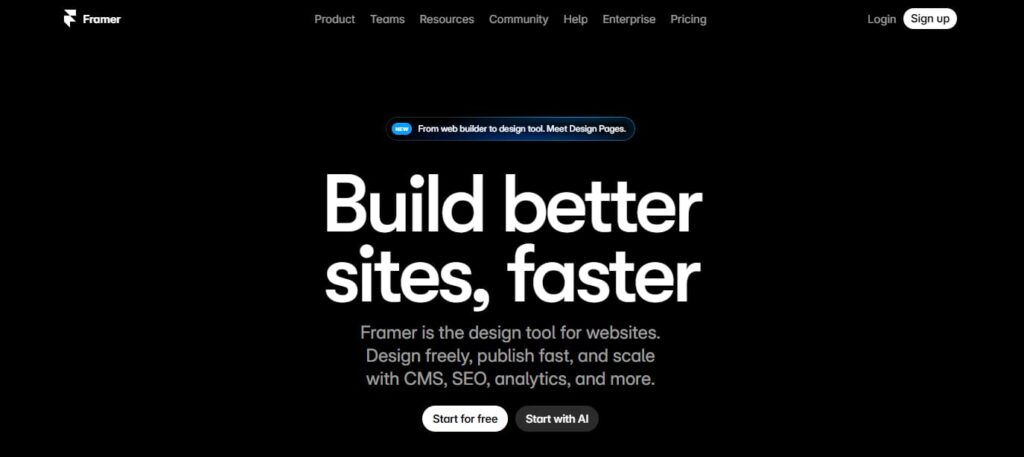
Framer is built for people who care about design craft but hate busywork. Its AI can handle the heavy lifting of layout, structure, and even motion – yet it never locks you into predefined templates. You start with an AI-generated concept, then refine everything from micro-animations to typography. The output feels like something designed by a real person, not an algorithm. That’s why Framer is becoming the go-to for creative studios and tech startups that need expressive, interactive websites without sacrificing speed.
Relume
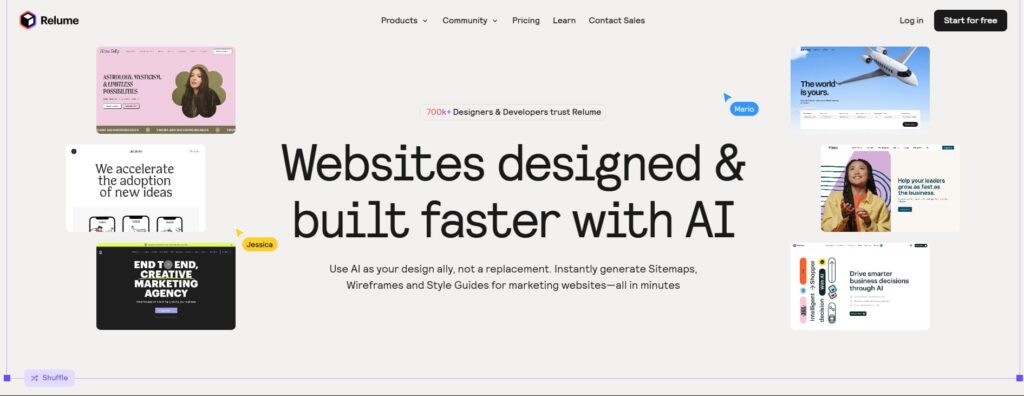
While most AI builders focus on finished products, Relume tackles the planning stage. It generates sitemaps and wireframes from simple prompts, helping teams get clarity before diving into design. Instead of staring at a blank Figma canvas, you get an organized structure in minutes. From there, you can adjust, export, or plug it into your preferred stack. It’s not a full website builder, but it saves enormous time at the conceptual stage – which is often the slowest part of any project.
Durable
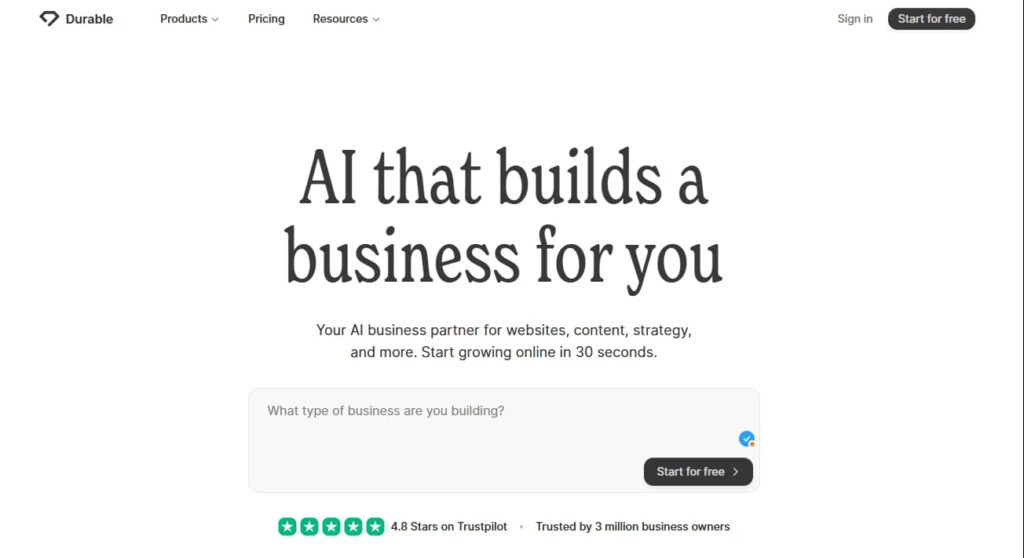
Durable is the quickest way to get a live, working website. You describe your business, and in under a minute, it builds a fully functional site with text, visuals, and forms. It’s not for perfectionists or complex projects, but it’s great for entrepreneurs who need a digital presence right now – landing pages, temporary projects, MVPs. The 2026 version produces noticeably better layouts and more natural copy than earlier editions, making it useful even for early-stage client prototypes.
Where It’s All Heading
The AI design ecosystem is shifting from generation to interpretation. The best tools don’t just build – they understand what you’re trying to create. Soon you’ll describe your site conversationally, and AI will produce versions aligned with your tone, audience, and goals. It will also learn from performance data, tweaking design decisions based on real user behavior – not just your preferences.
That’s the next phase of web design: a loop between creation, feedback, and improvement. Tools like 10Web, Framer, and Wix are already moving in that direction, while platforms like Relume and UIzard handle the thinking and structure behind it.
Final Take
AI won’t replace designers. It’ll replace the boring part of design – repetitive layout work, image prep, and the endless trial-and-error of structure. What remains human is vision: understanding brand emotion, storytelling, and user psychology.
If you build websites in 2026, don’t fight AI. Learn how to direct it. It’s no longer about prompts – it’s about creative control. Tools like 10Web, Framer, and Wix are just the beginning. The real advantage will belong to those who combine machine efficiency with human taste.


